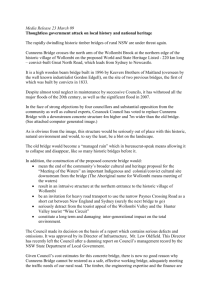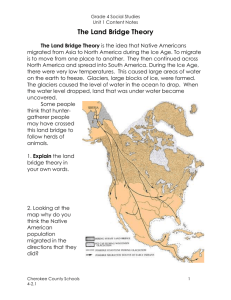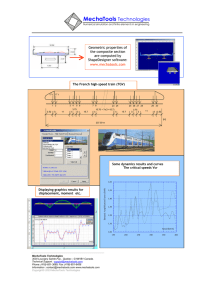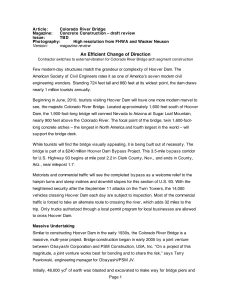Citizens` Stamp Advisory Committee c/o Stamp Development U.S.
advertisement
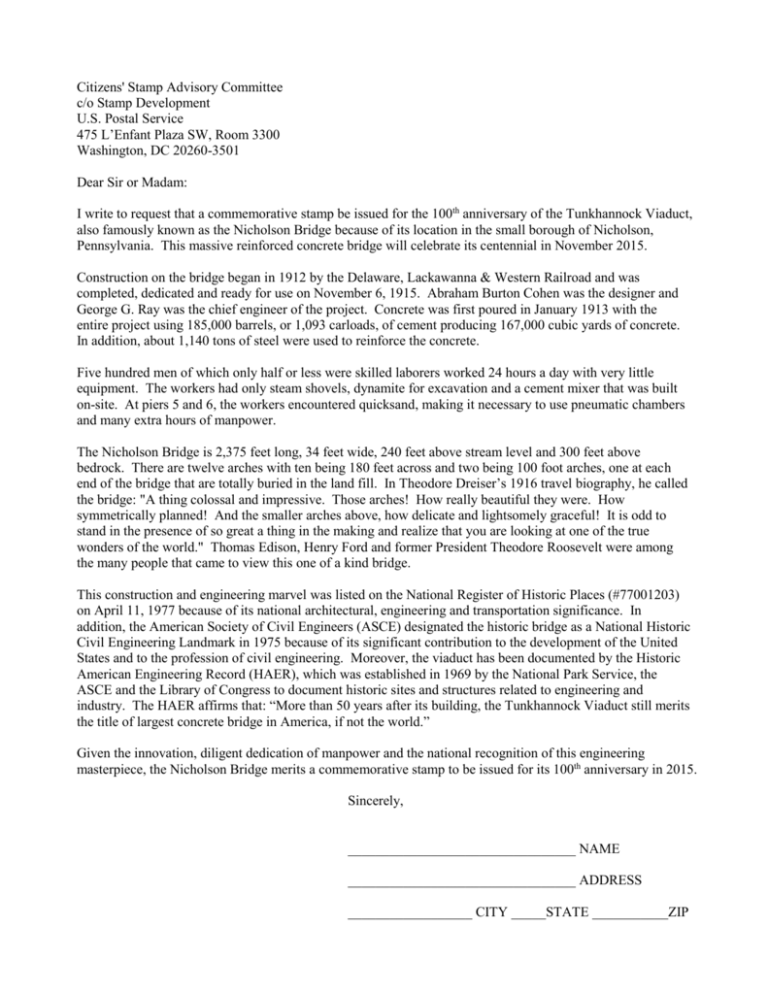
Citizens' Stamp Advisory Committee c/o Stamp Development U.S. Postal Service 475 L’Enfant Plaza SW, Room 3300 Washington, DC 20260-3501 Dear Sir or Madam: I write to request that a commemorative stamp be issued for the 100th anniversary of the Tunkhannock Viaduct, also famously known as the Nicholson Bridge because of its location in the small borough of Nicholson, Pennsylvania. This massive reinforced concrete bridge will celebrate its centennial in November 2015. Construction on the bridge began in 1912 by the Delaware, Lackawanna & Western Railroad and was completed, dedicated and ready for use on November 6, 1915. Abraham Burton Cohen was the designer and George G. Ray was the chief engineer of the project. Concrete was first poured in January 1913 with the entire project using 185,000 barrels, or 1,093 carloads, of cement producing 167,000 cubic yards of concrete. In addition, about 1,140 tons of steel were used to reinforce the concrete. Five hundred men of which only half or less were skilled laborers worked 24 hours a day with very little equipment. The workers had only steam shovels, dynamite for excavation and a cement mixer that was built on-site. At piers 5 and 6, the workers encountered quicksand, making it necessary to use pneumatic chambers and many extra hours of manpower. The Nicholson Bridge is 2,375 feet long, 34 feet wide, 240 feet above stream level and 300 feet above bedrock. There are twelve arches with ten being 180 feet across and two being 100 foot arches, one at each end of the bridge that are totally buried in the land fill. In Theodore Dreiser’s 1916 travel biography, he called the bridge: "A thing colossal and impressive. Those arches! How really beautiful they were. How symmetrically planned! And the smaller arches above, how delicate and lightsomely graceful! It is odd to stand in the presence of so great a thing in the making and realize that you are looking at one of the true wonders of the world." Thomas Edison, Henry Ford and former President Theodore Roosevelt were among the many people that came to view this one of a kind bridge. This construction and engineering marvel was listed on the National Register of Historic Places (#77001203) on April 11, 1977 because of its national architectural, engineering and transportation significance. In addition, the American Society of Civil Engineers (ASCE) designated the historic bridge as a National Historic Civil Engineering Landmark in 1975 because of its significant contribution to the development of the United States and to the profession of civil engineering. Moreover, the viaduct has been documented by the Historic American Engineering Record (HAER), which was established in 1969 by the National Park Service, the ASCE and the Library of Congress to document historic sites and structures related to engineering and industry. The HAER affirms that: “More than 50 years after its building, the Tunkhannock Viaduct still merits the title of largest concrete bridge in America, if not the world.” Given the innovation, diligent dedication of manpower and the national recognition of this engineering masterpiece, the Nicholson Bridge merits a commemorative stamp to be issued for its 100th anniversary in 2015. Sincerely, _________________________________ NAME _________________________________ ADDRESS __________________ CITY _____STATE ___________ZIP







